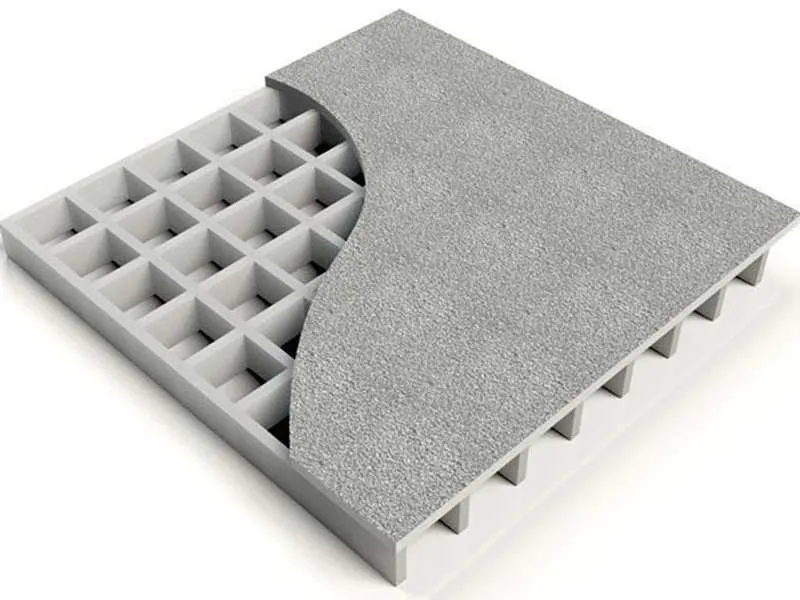
-
 Afrikaans
Afrikaans -
 Albanian
Albanian -
 Amharic
Amharic -
 Arabic
Arabic -
 Armenian
Armenian -
 Azerbaijani
Azerbaijani -
 Basque
Basque -
 Belarusian
Belarusian -
 Bengali
Bengali -
 Bosnian
Bosnian -
 Bulgarian
Bulgarian -
 Catalan
Catalan -
 Cebuano
Cebuano -
 China
China -
 China (Taiwan)
China (Taiwan) -
 Corsican
Corsican -
 Croatian
Croatian -
 Czech
Czech -
 Danish
Danish -
 Dutch
Dutch -
 English
English -
 Esperanto
Esperanto -
 Estonian
Estonian -
 Finnish
Finnish -
 French
French -
 Frisian
Frisian -
 Galician
Galician -
 Georgian
Georgian -
 German
German -
 Greek
Greek -
 Gujarati
Gujarati -
 Haitian Creole
Haitian Creole -
 hausa
hausa -
 hawaiian
hawaiian -
 Hebrew
Hebrew -
 Hindi
Hindi -
 Miao
Miao -
 Hungarian
Hungarian -
 Icelandic
Icelandic -
 igbo
igbo -
 Indonesian
Indonesian -
 irish
irish -
 Italian
Italian -
 Japanese
Japanese -
 Javanese
Javanese -
 Kannada
Kannada -
 kazakh
kazakh -
 Khmer
Khmer -
 Rwandese
Rwandese -
 Korean
Korean -
 Kurdish
Kurdish -
 Kyrgyz
Kyrgyz -
 Lao
Lao -
 Latin
Latin -
 Latvian
Latvian -
 Lithuanian
Lithuanian -
 Luxembourgish
Luxembourgish -
 Macedonian
Macedonian -
 Malgashi
Malgashi -
 Malay
Malay -
 Malayalam
Malayalam -
 Maltese
Maltese -
 Maori
Maori -
 Marathi
Marathi -
 Mongolian
Mongolian -
 Myanmar
Myanmar -
 Nepali
Nepali -
 Norwegian
Norwegian -
 Norwegian
Norwegian -
 Occitan
Occitan -
 Pashto
Pashto -
 Persian
Persian -
 Polish
Polish -
 Portuguese
Portuguese -
 Punjabi
Punjabi -
 Romanian
Romanian -
 Russian
Russian -
 Samoan
Samoan -
 Scottish Gaelic
Scottish Gaelic -
 Serbian
Serbian -
 Sesotho
Sesotho -
 Shona
Shona -
 Sindhi
Sindhi -
 Sinhala
Sinhala -
 Slovak
Slovak -
 Slovenian
Slovenian -
 Somali
Somali -
 Spanish
Spanish -
 Sundanese
Sundanese -
 Swahili
Swahili -
 Swedish
Swedish -
 Tagalog
Tagalog -
 Tajik
Tajik -
 Tamil
Tamil -
 Tatar
Tatar -
 Telugu
Telugu -
 Thai
Thai -
 Turkish
Turkish -
 Turkmen
Turkmen -
 Ukrainian
Ukrainian -
 Urdu
Urdu -
 Uighur
Uighur -
 Uzbek
Uzbek -
 Vietnamese
Vietnamese -
 Welsh
Welsh -
 Bantu
Bantu -
 Yiddish
Yiddish -
 Yoruba
Yoruba -
 Zulu
Zulu
chemical products for frp applications a comprehensive guide
Chemical Products for FRP Applications A Comprehensive Guide
Fiber-Reinforced Polymer (FRP) materials have gained significant prominence across various industrial applications due to their exceptional strength-to-weight ratios, corrosion resistance, and versatility. The use of chemical products is essential in the production, enhancement, and maintenance of FRP materials. This article provides a comprehensive guide to the chemical products that are integral to FRP applications.
1. Resin Systems
At the heart of FRP materials are resin systems, which serve as the binding agent for the fibers. There are several types of resins used in FRP applications, including
- Polyester Resins Known for their affordability and ease of use, polyester resins are commonly employed in marine applications, automotive parts, and consumer products. They offer good mechanical properties and chemical resistance but may have limitations concerning UV stability and temperature tolerance.
- Vinyl Ester Resins These resins provide enhanced corrosion resistance and mechanical strength compared to polyester resins. Vinyl ester resins are particularly useful in applications involving harsh environments, such as chemical storage tanks and pipes.
- Epoxy Resins Epoxy resins are renowned for their superior adhesion, chemical resistance, and thermal stability. They are often used in high-performance applications, including aerospace and automotive components. The versatility of epoxy systems allows for customization based on specific needs, such as varying curing times and flexibility.
2. Fiber Materials
The strength and durability of FRP materials are significantly influenced by the type of reinforcing fibers used. Common fiber materials include
- Glass Fibers Glass fibers are the most widely used in FRP applications due to their cost-effectiveness and excellent mechanical properties. They are available in various forms, including woven roving, chopped strands, and mat.
- Carbon Fibers Known for their exceptional strength and low weight, carbon fibers are primarily used in aerospace, automotive, and high-end sporting goods. Although more expensive than glass fibers, their performance benefits often justify the cost in specialized applications.
- Aramid Fibers Aramid fibers, such as Kevlar, offer high impact resistance and are used in protective gear and high-stress applications. They are often combined with other fiber types to enhance specific properties.
chemical products for frp applications a comprehensive guide

To improve the performance characteristics of FRP materials, various additives and modifiers can be incorporated into resin systems. These include
- Fillers Inorganic materials like talc, calcium carbonate, and silica are frequently added to resins to enhance properties such as rigidity, thermal stability, and cost-effectiveness.
- Plasticizers Plasticizers are used to improve the flexibility of FRP components, making them less brittle and more resistant to cracking under stress.
- Stabilizers UV stabilizers and anti-oxidants are added to resin formulations to improve the weather resistance and longevity of FRP materials, especially in outdoor applications.
4. Adhesives and Sealants
For assembly and maintenance of FRP components, specialized adhesives and sealants are utilized. Epoxy-based adhesives are preferred for their strong bonding capabilities and resistance to environmental factors. Sealants are essential for preventing moisture ingress and enhancing the overall durability of FRP systems.
5. Cleaning and Maintenance Products
Proper maintenance is crucial for maximizing the lifespan of FRP materials. Chemical cleaning agents specifically designed for FRP surfaces help in removing contaminants without damaging the resin. Regular maintenance products also facilitate the restoration of the surface finish and protection against UV degradation.
Conclusion
The landscape of FRP applications is driven by the extensive range of chemical products available today. From resin systems and fibers to additives and maintenance solutions, these materials contribute to the unparalleled performance of FRP in various industries. Understanding the properties and applications of these chemical products not only aids manufacturers in selecting the right materials but also ensures that end-users benefit from the durability and efficacy of FRP solutions. As technology advances, the future of FRP applications looks promising, with ongoing innovations enhancing their capabilities further.









